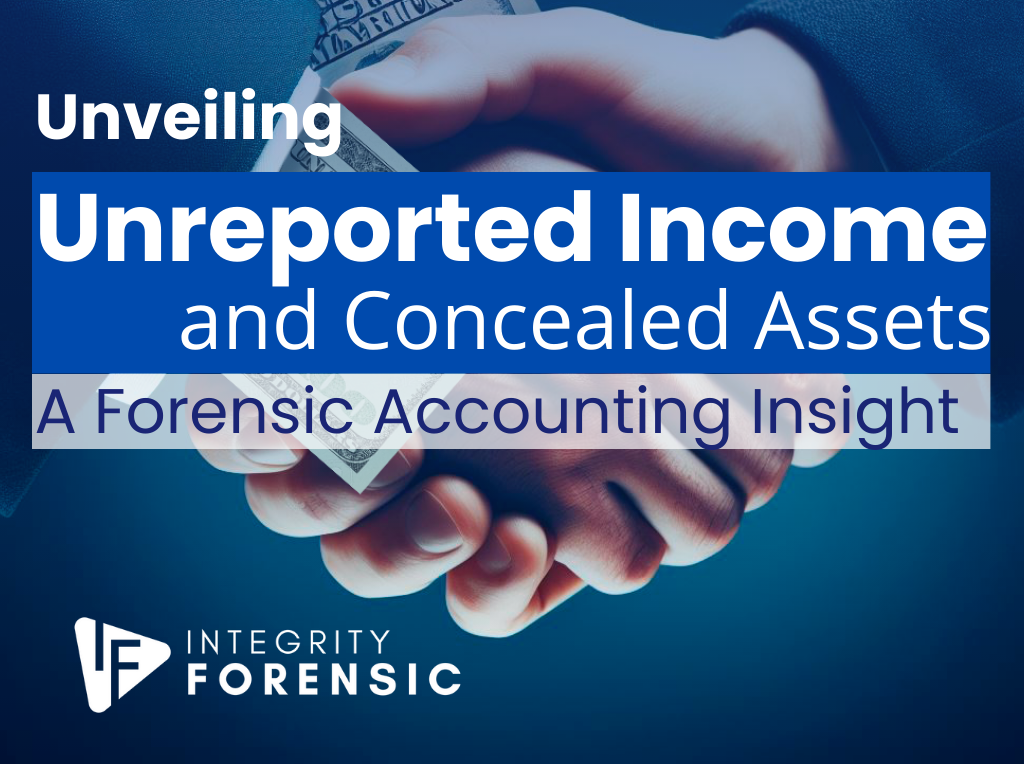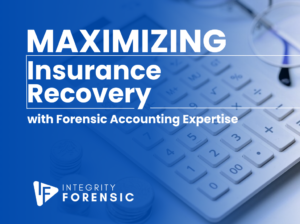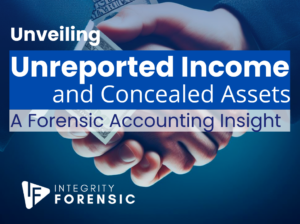In the realm of financial investigations, where the quest for truth often resembles a puzzle, forensic accounting serves as the guiding hand that unravels the most intricate financial schemes. Fraudulent activities, whether in the form of security fraud, money laundering, income tax evasion, or Foreign Corrupt Practices Act (FCPA) violations, are built on concealing the money trail. However, the underlying principle known to every skilled financial investigator is this: there is always a trail to follow, even when it seems to have gone cold.
The Significance of Third-Party Records
A cornerstone of effective financial investigation is the reliance on third-party records. When dealing with individuals or entities accused of financial misconduct, their own accounting records may have been altered or manipulated to obfuscate the truth. Third-party records, such as those held by banks, brokerage houses, and credit card companies, offer a more reliable source of information. Barring rare instances of collusion, these records are generally authentic and present an accurate depiction of the money’s origins and destinations.
But the question arises: How does one access these crucial records? In straightforward cases involving legitimate businesses with transparent financial records, obtaining these records can be a relatively straightforward process. Yet, when dealing with a fraudster with undisclosed or unconfirmed accounts, the investigation takes a creative twist. Blanket subpoenas to every financial institution are neither practical nor effective. Instead, investigators must rely on clues from sources other than the suspect, often found in the records of victims or affiliated parties. For example, multiple victims of a Ponzi scheme may possess canceled checks linked to their investments, offering vital information about the fraudster’s banking activity.
The Intricacies of Detailed Analysis
A skilled fraudster weaves a complex web of accounts, transactions, and entities, intentionally bouncing money through various channels with apparent randomness. This complexity can make tracing the flow of funds and connecting them to specific acts or schemes exceedingly challenging. To untangle this intricate web, investigators must diligently analyze every aspect, accounting for all accounts, time frames, and transaction connections.
This process extends beyond mere data entry; it is a critical aspect of building a compelling case in a fraud investigation, be it civil or criminal. An investigator’s task is not just to understand individual transactions but to grasp the complete picture of fund flows over time. It involves documenting all transactions, identifying missed links between accounts, and ensuring a comprehensive understanding of money’s journey through this complex financial network.
Never a Dead End
In financial investigations, apparent dead ends are often not as terminal as they seem. Even when faced with numerous small transactions and no obvious pot of gold, it only means the right information has yet to be discovered. The clue to illicitly acquired real estate or other substantial assets might lie within the evidence. Payments to municipalities, utility companies, real estate attorneys, or construction firms can hint at real estate holdings, while expenditures like registration fees or payments to fuel or insurance companies may unveil the existence of luxury assets such as yachts.
The key lies in maintaining focus on both the details of financial transactions and the broader perspective. While promising leads should be explored, other avenues must not be abandoned, as they may lead to invaluable discoveries.
Presenting the Findings
A successful financial investigator must not only navigate the labyrinthine details of financial transactions but also present the findings in a comprehensible manner for individuals with varying levels of financial expertise. Attorneys, judges, and juries may all need to understand the financial intricacies, making storytelling crucial.
To effectively communicate the results, a combination of words, numbers, and visuals is indispensable. A clear explanation of the work conducted and the conclusions reached is the foundation. Summary tables of the most critical numbers provide an overview of the findings, while charts and graphs offer a visual representation of the financial landscape. This approach ensures that all parties can comprehend the conclusions and the methodology that led to them.
In conclusion, unveiling unreported income and concealed assets through forensic accounting is a journey through complexity and challenges, culminating in a comprehensive understanding of financial irregularities. This is an essential process, whether in the pursuit of justice or the defense of the accused, as it sheds light on financial truths that would otherwise remain concealed.
At Integrity Forensic, we have a team of experienced forensic accountants to assist you. Call now for a free consultation: 855-673-9999 or send us a message at questions@integrityforensic.com.





